In the heart of Ghana’s Bono East and Eastern Regions, something extraordinary is happening — not from the top down, but from the ground up.
Jonathan Kaufman, Executive Director of Advocates for Community Alternatives (ACA), recently toured five rural communities where residents are rolling up their sleeves and transforming their lives through a bold initiative known as the Facilitated Collective Action Process (FCAP), locally dubbed “Oman yie die.”
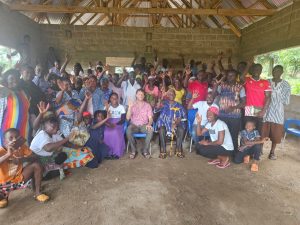
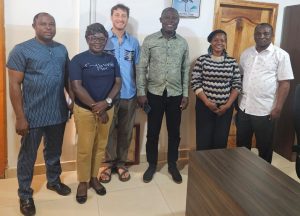 With support from ACA and $8,000 in seed funding per community, places like Asuano, Johnkrom, and Nkwabeng in Nkoranza South, along with Ntabea and Abesim Yeboah in Abuakwa South, are turning microgrants into major milestones.
With support from ACA and $8,000 in seed funding per community, places like Asuano, Johnkrom, and Nkwabeng in Nkoranza South, along with Ntabea and Abesim Yeboah in Abuakwa South, are turning microgrants into major milestones.
In Asuano, construction is well underway on a new three-unit Junior High School block, complete with an ICT lab and teacher offices — a dream come true for students who previously studied under trees or in cramped conditions. In Johnkrom, women and youth are eagerly watching a new gari processing and milling center take shape — a move expected to boost local income and food security.
But perhaps the most ambitious vision comes from Nkwabeng. Originally aiming for an outpatient department, the community is now rallying additional funds to build a 24-room health facility. Their goal is to upgrade their modest clinic into a fully functional polyclinic — a leap forward in rural healthcare.
“These communities are not waiting for change — they’re building it,” said Mr. Kaufman. “And what’s even more inspiring is how openly and honestly, they’re doing it. I attended two accountability sessions where community leaders detailed every cedi spent. This kind of transparency sets a gold standard.”
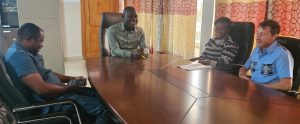 The ACA team, including Director of Community-Driven Development, Nana Ama Nketia-Quaidoo, also met with local government officials who are not just observing, but actively participating. Nkoranza South’s MCE, Godfred Dapaah, was praised for helping secure vital permits, including clearing hurdles with the Forestry Commission to allow timber harvesting for roofing.
The ACA team, including Director of Community-Driven Development, Nana Ama Nketia-Quaidoo, also met with local government officials who are not just observing, but actively participating. Nkoranza South’s MCE, Godfred Dapaah, was praised for helping secure vital permits, including clearing hurdles with the Forestry Commission to allow timber harvesting for roofing.
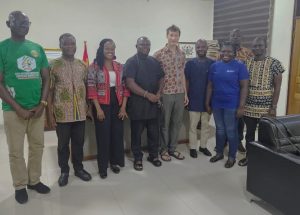 In Atiwa West, the spirit of partnership was equally strong. District Chief Executive, Amo Johnson Anom, personally donated building materials to a community project and even mediated a local conflict, urging unity for the greater good.
In Atiwa West, the spirit of partnership was equally strong. District Chief Executive, Amo Johnson Anom, personally donated building materials to a community project and even mediated a local conflict, urging unity for the greater good.
“These leaders are not just sitting in offices — they’re getting their hands dirty for their people,” Mr. Kaufman added.
Nana Ama noted that despite setbacks like seasonal storms and occasional leadership disputes, progress has been swift and spirited.
“In just two months, most projects already have their roofs on. The communities have gone above and beyond — raising funds locally, contributing to labor, and staying resilient. That’s real ownership,” she said.
From new classrooms to life-saving health facilities and income-generating centers, these projects are a testament to what happens when communities lead their own development — with a little support and a lot of heart.
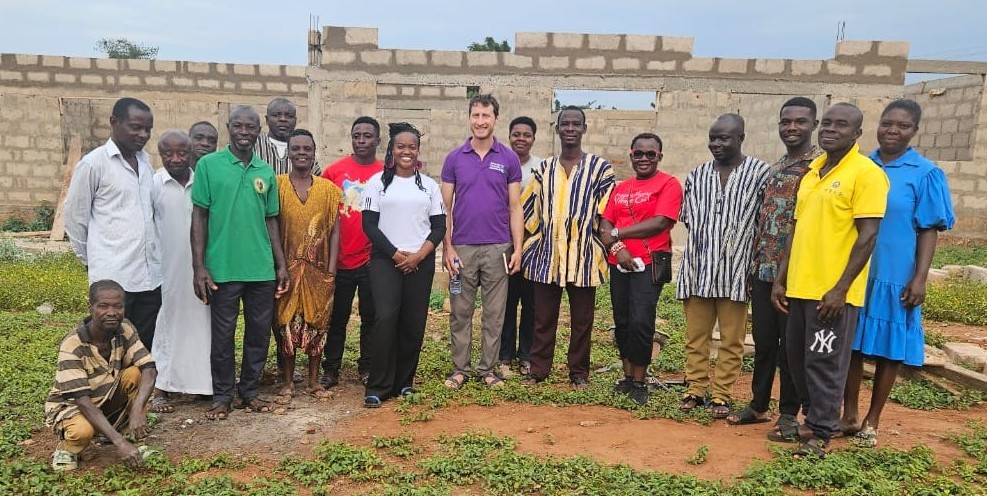
Recent Comments